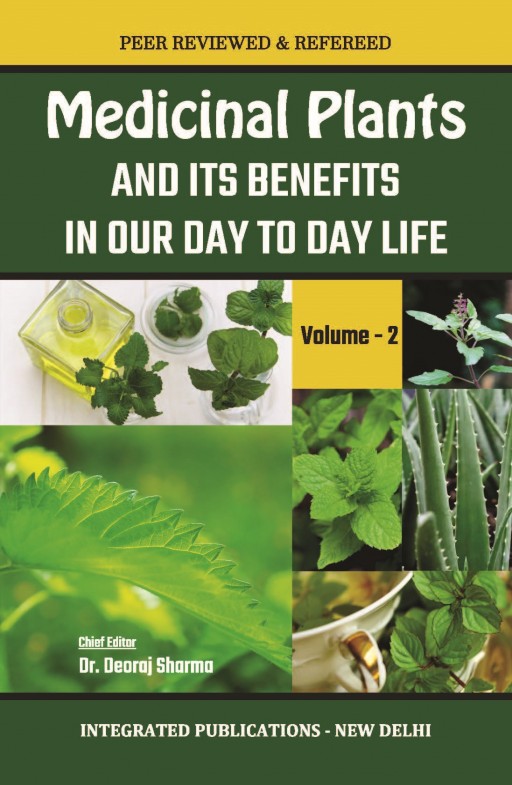Antibiotic Properties of Ginger


The use of "natural" or "alternative" remedies has increased significantly in recent years. Ginger (Botanical name-Zingiber officinale) is a plant with antibacterial, antioxidant, anticoagulant and anti-inflammatory properties have been traditionally used as medicine to treat a variety of ailments. The Food and Drug Administration (FDA) has declared ginger to be “generally recognised as safe”. To explain the antimicrobial activity mechanism of ginger against diverse pathogenic bacteria, numerous researches have conducted to isolate and identify its key bioactive components. Methanol, n-hexane, ethyl acetate, ethanolic soxhlet and water were used to make ginger extracts. The extracts were characterized by GC-MS and HPLC. Ginger's bioactive components, such as phenolic compounds, monoterpenoids, sesquiterpenoids and their derivatives like aldehydes, ketones, esters and alcohol provides a broad antibacterial spectrum against a variety of pathogens, making it a viable alternative to synthetic antimicrobials. Antibacterial activity and bacterial growth inhibition activity were tested on the extracts. In this chapter, we have highlighted the antibiotic properties of ginger.